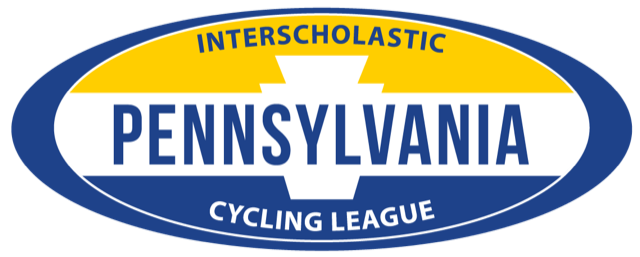Pre-Season Support Grows Female Coach Staff
In our first GRiT Coaches Meeting of 2025, we were honored to speak with Melissa Ackerman, head coach and GRiT coordinator for the Corvallis Composite team in the Oregon NICA League. On Melissa’s team, the percentage of female student-athletes and coaches exceeds NICA’s national average. We wanted to know what makes Melissa’s team successful.
During our conversation, Melissa shared an inspiring and practical look at how her team is creating a culture where women are inspired to begin coaching and even take on leadership roles. She believes this has been a key factor in her team’s female coach growth, which has, in turn, led to female student-athlete growth.
Female coaches bring different life experiences, communication styles, and approaches to problem-solving. That diversity can make a team stronger by creating a more inclusive, well-rounded environment for everyone.
In addition, seeing women in charge sends a clear message to young women: you belong here—not just as a participant, but as someone who can lead, strategize, and make decisions in a sport setting.
photo credit: @ctownshredderdmtb @sox.katie
According to Melissa, pre-season engagement is one of the most impactful ways her team builds its female coaching staff. She shares:
“My first season was rough. I didn’t see another woman coach at most practices, and I struggled. I was constantly placed in the longest, fastest ride group because the head coach knew I was an endurance athlete - but I was barely hanging on. I even got dropped by my own group once. I spent the whole season in survival mode and didn’t know how to speak up.
At the end of the season, I wrote a letter to our head coach with ideas to make the team more supportive and inclusive. Not long after, I became the head coach myself.
Women are often socialized to put group needs ahead of their own, and while that might benefit the team in the short term, it’s not sustainable. We’ve lost great coaches because we burned them out without helping them refill their tanks.
One of the hardest moments I’ve had as head coach was reconnecting with a former coach who made a big impact on me. She handed me her coach shirt and said, ‘I’ll never coach again.’ That stuck with me.”
How does Melissa and her team make the most of pre-season?
Once a woman expresses interest in coaching, she’s immediately connected with a single point of contact—someone who supports her through onboarding, the entire season, and even into the postseason. This person doesn’t just help her get plugged into the team—they also ask the important question: What do you want to get out of coaching? And they make a plan to help make that happen.
During pre-season, they plan relaxed group rides just for prospective and returning women coaches. It’s a low-pressure way to get familiar with the trails, meet others, and start building relationships.
Many newer women coaches are riding hand-me-down bikes from husbands or kids—usually ill-fitting and outdated. For this reason, Melissa’s team maintains a fleet of bikes specifically for women coaches. They can borrow them for the entire season, and even keep them over the offseason to continue riding. When loaner bikes aren’t possible, the team partner’s with local bike shops to make sure the bike the women coach is riding is fit specifically to her.
“At the heart of it, we want more girls and more women on bikes. The more time I’ve spent with GRiT, the more I’ve realized that these strategies improve access and experience for everyone. This isn’t just about gender—it’s about creating inclusive, welcoming spaces for all types of riders.””


